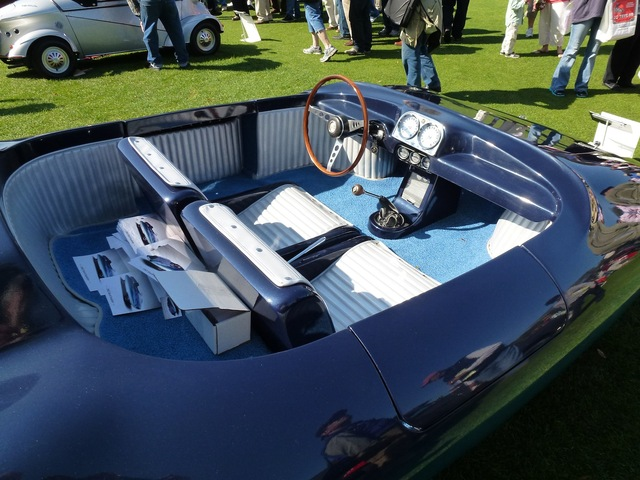In the realm of automotive design, there are cars that impress with speed, others that captivate with elegance, and then there are those that redefine engineering itself. The 1962 El Tiburon Roadster, also known as “The Shark”, belongs to the latter category. While its name suggests raw power and aggression, its true claim to fame lies in its revolutionary aerodynamic design.
At a time when aerodynamics was still an emerging science in the auto industry, the Tiburon pushed the limits of what was possible, setting a benchmark for efficiency and sleek design. But how did this groundbreaking vehicle come to be? Let’s dive into the fascinating story of El Tiburon Roadster, a car far ahead of its time.
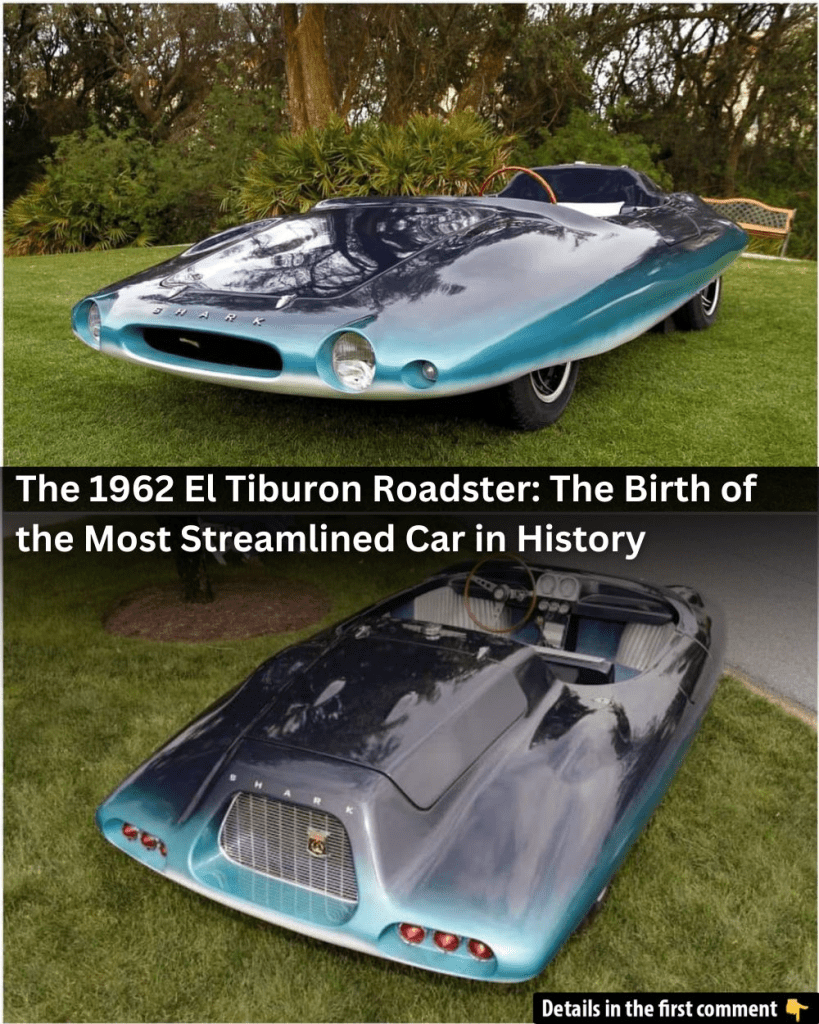
A Visionary Idea: The Birth of the Tiburon Roadster
The El Tiburon Roadster was the brainchild of Henry Covington, an industrial designer based in St. Petersburg, Florida. Covington had a dream—to create a car that didn’t just look futuristic but actually performed better by embracing advanced aerodynamics.
His design was heavily influenced by Dr. Augustus Raspet, a leading aerodynamicist who believed in reshaping how vehicles interacted with airflow. Covington absorbed these principles and set out to craft a car that could slice through the wind with minimal resistance, optimizing both speed and fuel efficiency.
To bring his bold idea to life, Covington partnered with Glenn Gums, a fiberglass specialist from Glenn Industries in Tampa. With Gums’ expertise, they designed a lightweight, fiberglass body that would become a defining feature of the Tiburon.
Design and Engineering: A Car Unlike Any Other
The Tiburon Roadster wasn’t just another sports car—it was a study in aerodynamics. The vehicle’s entire shape was engineered to reduce drag, making it one of the most streamlined cars ever built.
Key Features That Made the Tiburon Unique
✅ Lightweight Fiberglass Body – Unlike traditional steel-bodied cars, the Tiburon’s fiberglass construction made it significantly lighter, enhancing both speed and fuel efficiency.
✅ Low, Wide Stance – Designed to hug the ground, the Tiburon had a low-profile body, which improved stability at high speeds and reduced air resistance.
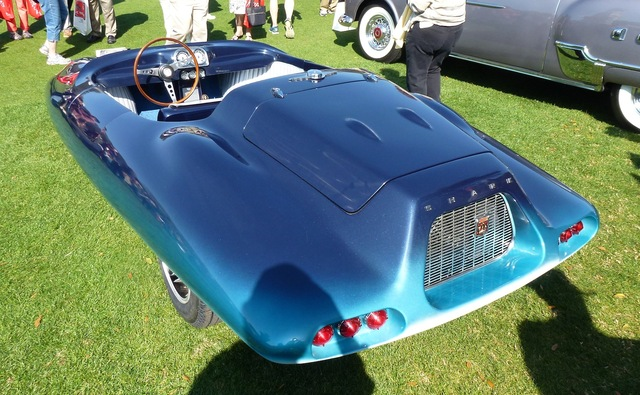
✅ Innovative Belly Pan – One of the most distinctive elements was its near-full-length belly pan, which smoothed airflow under the car and reduced aerodynamic drag.
✅ Streamlined Roof & Windows – Originally conceived as a coupe, the Tiburon had a bubble-like canopy that seamlessly blended into the car’s body, further enhancing its aerodynamics.
However, just as the Tiburon was poised to make waves in the automotive world, tragedy struck.
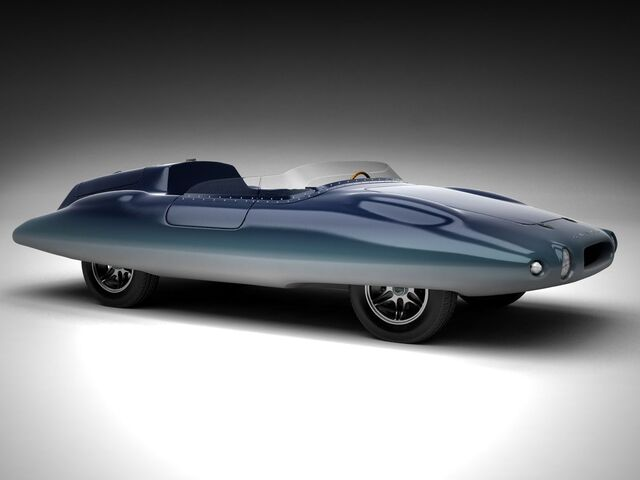
The Tragic Loss of Henry Covington
In May 1962, Henry Covington unexpectedly passed away, bringing the project to a sudden halt. His death left a void in the Tiburon’s development, and the original coupe version was never mass-produced.
However, Glenn Gums refused to let Covington’s vision die. Determined to continue the legacy, he modified the coupe and transformed it into the Tiburon Roadster.
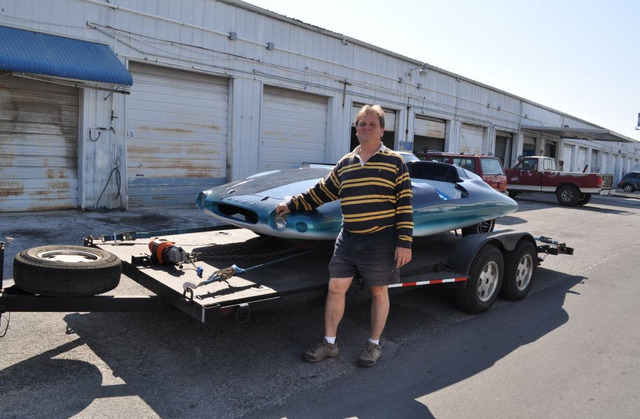
The Roadster Transformation: A New Chapter
Under Gums’ leadership, the Tiburon coupe underwent some key modifications:
- The roof was removed, converting the car into an open-top roadster.
- Doors were added, making entry and exit more practical.
- Exposed headlights replaced the sleek hidden design of the original coupe.
Despite these changes, the car’s core aerodynamic philosophy remained intact, making it one of the most efficient designs of its era.
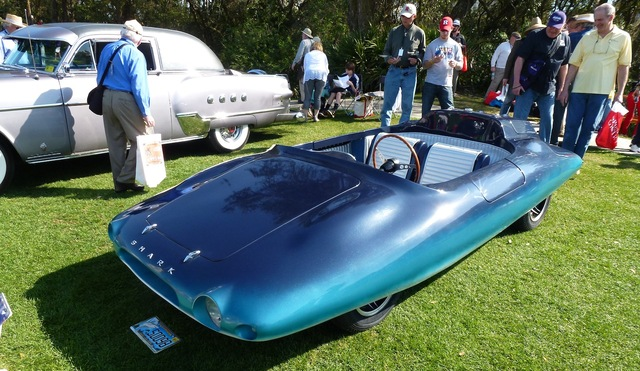
Recognition and Legacy: The Most Streamlined Car of Its Time
In 1966, the automotive world took notice. Road & Track magazine hailed the El Tiburon Roadster as the most aerodynamically efficient car in the world.
This recognition solidified the Tiburon’s place in history as a trailblazer in vehicle design. The car demonstrated how strategic engineering and lightweight materials could dramatically improve performance without needing massive horsepower.
Though it never saw mass production, the Tiburon’s design principles would later influence modern supercars and fuel-efficient vehicles, proving just how forward-thinking Covington and Gums were.
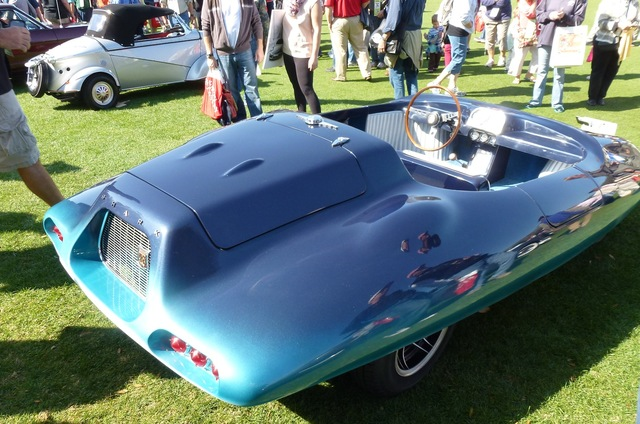
Why Was It Called “The Shark”?
Although the car’s silhouette resembled a catfish, its creators opted for a more aggressive marketing name—El Tiburon, which means “The Shark” in Spanish.
Why? Because “shark” evokes speed, power, and dominance. The name created a fearless, unforgettable image, solidifying the Tiburon’s place as a legendary automobile.
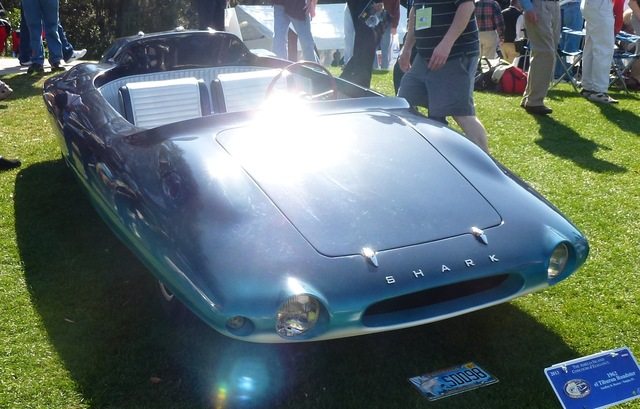
Limited Production: A Rare Collector’s Dream
Despite its pioneering design, the Tiburon never reached full-scale production. Only around two dozen units of the roadster variant were ever built, making it an extremely rare collector’s item today.
Several factors contributed to its limited production:
- Covington’s untimely death halted early momentum.
- Fiberglass manufacturing challenges made mass production difficult.
- Automakers at the time weren’t ready to embrace such radical aerodynamic concepts.
Ironically, while the Tiburon struggled in the 1960s, its aerodynamic design principles are now standard in modern high-performance and fuel-efficient vehicles.
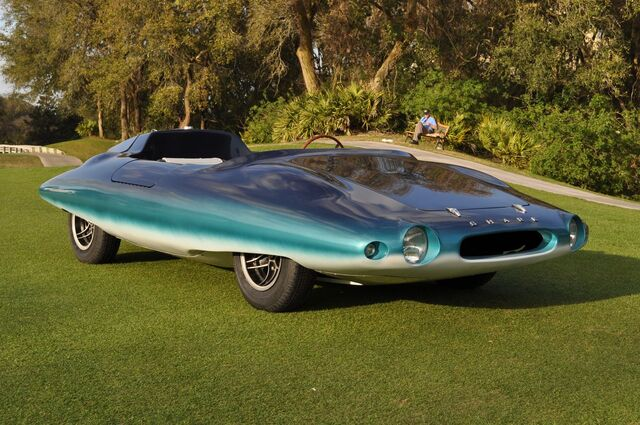
The Enduring Impact of the Tiburon Roadster
The El Tiburon Roadster wasn’t just a car—it was a visionary leap in automotive design. Though its production numbers were low, its influence can still be seen in:
- Modern performance cars, which use lightweight materials for speed and efficiency.
- Electric vehicles (EVs), which rely on aerodynamics to extend battery range.
- Supercars and concept vehicles, many of which now prioritize low-drag, streamlined bodies.
Even decades later, automotive engineers still reference the Tiburon as a case study in advanced aerodynamics and innovation.
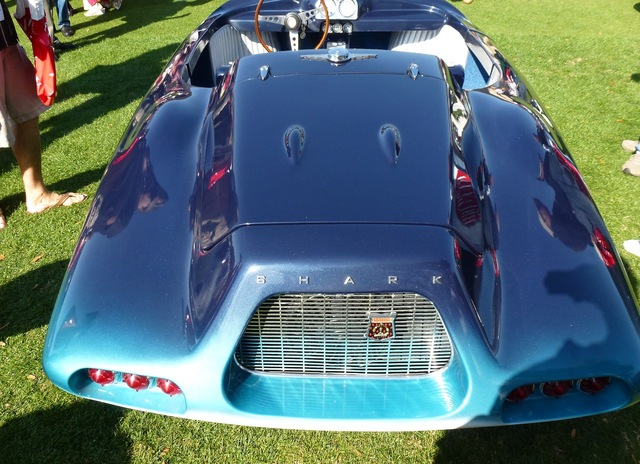
Final Thoughts: The Car That Was Ahead of Its Time
The 1962 El Tiburon Roadster is a testament to vision, engineering brilliance, and sheer ambition. Henry Covington dreamed of a car that merged science with art, and even though he didn’t live to see its full potential, his creation left a lasting mark on the automotive industry.
From its groundbreaking aerodynamics to its limited production mystery, the Tiburon remains one of the most fascinating vehicles in history. It was a car that dared to challenge conventions, proving that sometimes, the boldest designs aren’t about brute force, but about working with the air, not against it.
Though few have ever had the chance to drive “The Shark”, its legacy continues to inspire the future of automotive design.
